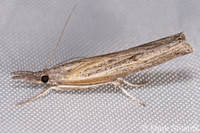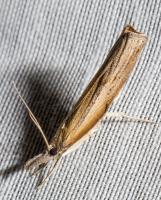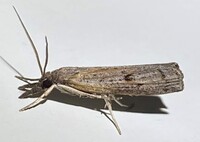
| Recorded by: Mark Basinger on 2025-09-28
Brunswick Co.
Comment: | 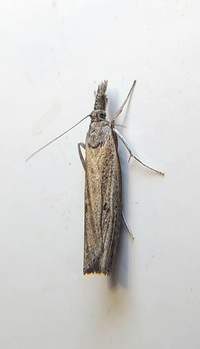
| Recorded by: Mark Basinger on 2025-09-28
Brunswick Co.
Comment: |

| Recorded by: Marilyn Westphal on 2025-09-07
Henderson Co.
Comment: | 
| Recorded by: Dean Furbish and Joy Wiggins on 2025-09-02
Wake Co.
Comment: |
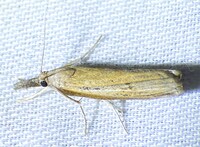
| Recorded by: Dean Furbish and Joy Wiggins on 2025-08-28
Wake Co.
Comment: | 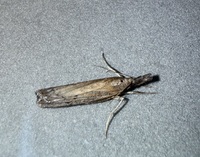
| Recorded by: Marilyn Westphal on 2025-08-19
Henderson Co.
Comment: |
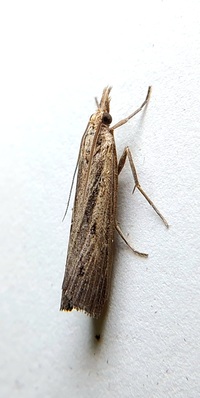
| Recorded by: Mark Basinger on 2025-08-13
Ashe Co.
Comment: | 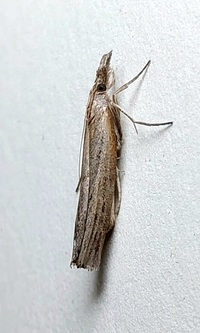
| Recorded by: Mark Basinger on 2025-08-13
Ashe Co.
Comment: |
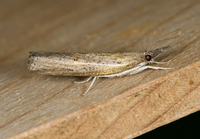
| Recorded by: Jim Petranka, Becky Elkin and Marilyn Westphal. on 2025-08-09
Henderson Co.
Comment: | 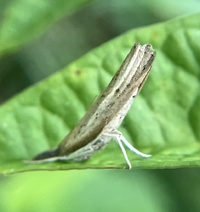
| Recorded by: Ken Kneidel on 2025-07-06
Mecklenburg Co.
Comment: |

| Recorded by: Dean Furbish on 2025-07-03
Wake Co.
Comment: | 
| Recorded by: Melody McMichael on 2025-06-26
Forsyth Co.
Comment: |
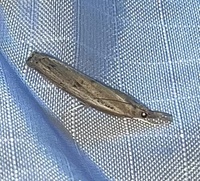
| Recorded by: Ken Kneidel on 2025-06-05
Yancey Co.
Comment: | 
| Recorded by: David George on 2025-05-16
Durham Co.
Comment: |
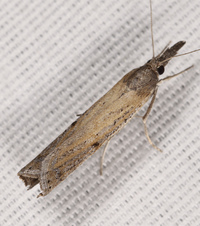
| Recorded by: John Petranka, Jim Petranka and Becky Elkin on 2025-05-08
Harnett Co.
Comment: | 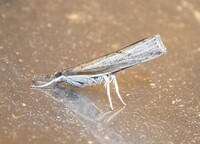
| Recorded by: Simpson Eason on 2025-04-19
Brunswick Co.
Comment: |
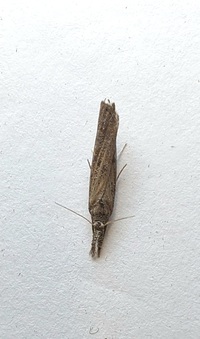
| Recorded by: Mark Basinger on 2025-04-18
Brunswick Co.
Comment: | 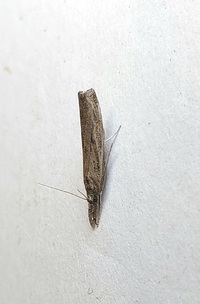
| Recorded by: Mark Basinger on 2025-04-18
Brunswick Co.
Comment: |
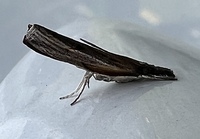
| Recorded by: Stephen Dunn on 2024-09-04
Orange Co.
Comment: | 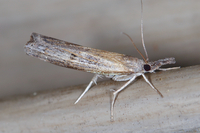
| Recorded by: Jim Petranka on 2024-09-02
Madison Co.
Comment: |
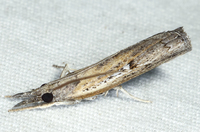
| Recorded by: John Petranka on 2024-08-22
Orange Co.
Comment: | 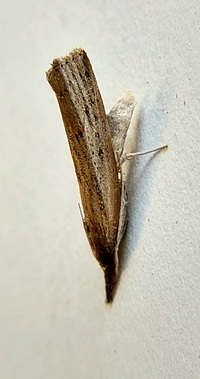
| Recorded by: Mark Basinger on 2024-08-20
Wilson Co.
Comment: |
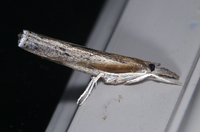
| Recorded by: Jim Petranka on 2024-08-19
Madison Co.
Comment: | 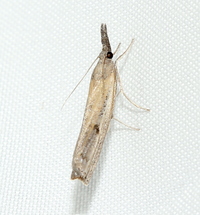
| Recorded by: David George, Jeff Niznik, Kenneth Geisert, David Bradley, Julie Tuttle, Patrick Coin, Kaitlyn Elliott, Becky Watkins on 2024-08-17
Durham Co.
Comment: |

| Recorded by: Jeff Niznik on 2024-08-12
Orange Co.
Comment: | 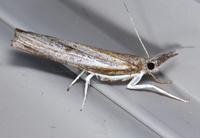
| Recorded by: Jim Petranka on 2024-08-08
Madison Co.
Comment: |

| Recorded by: John Petranka on 2024-07-31
Orange Co.
Comment: | 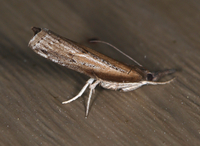
| Recorded by: Jim Petranka on 2024-07-23
Madison Co.
Comment: |
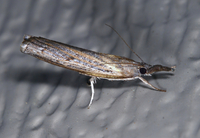
| Recorded by: Jim Petranka on 2024-07-22
Madison Co.
Comment: | 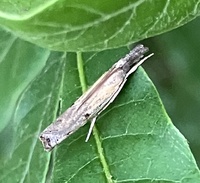
| Recorded by: Ken Kneidel on 2024-07-03
Mecklenburg Co.
Comment: |
|

 »
»